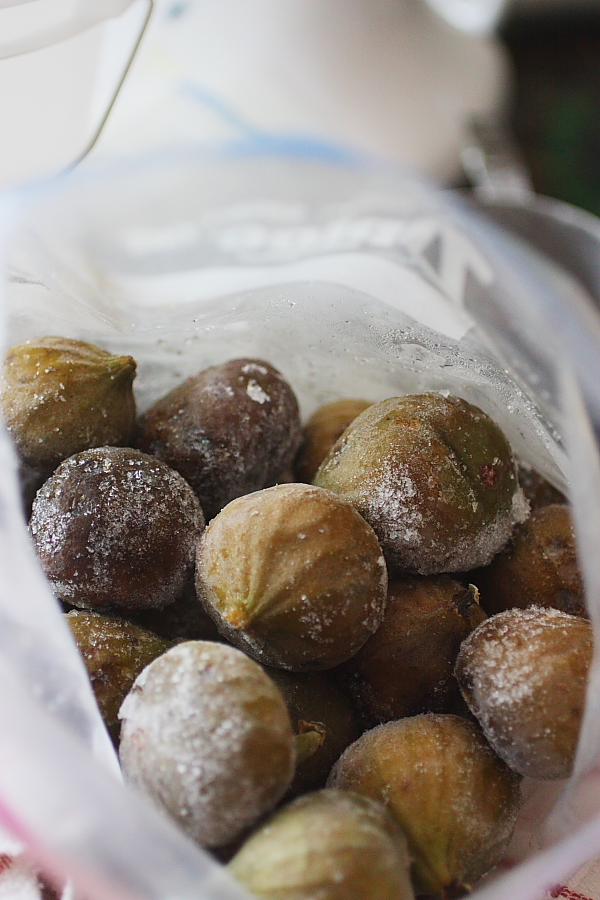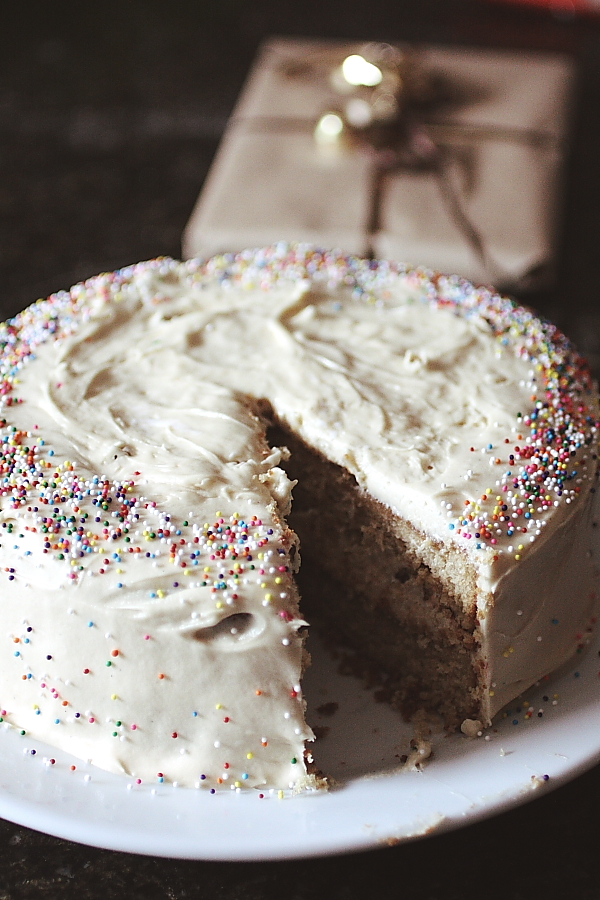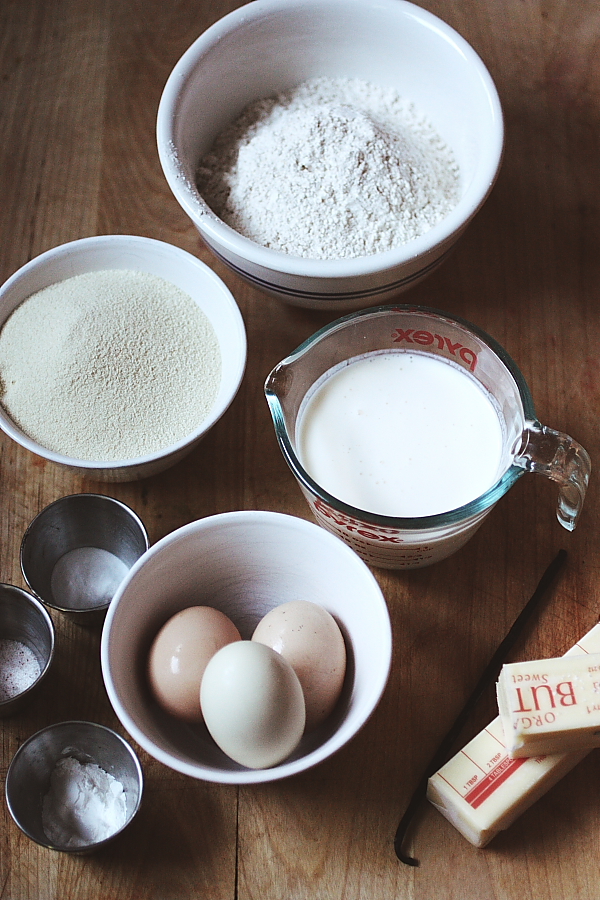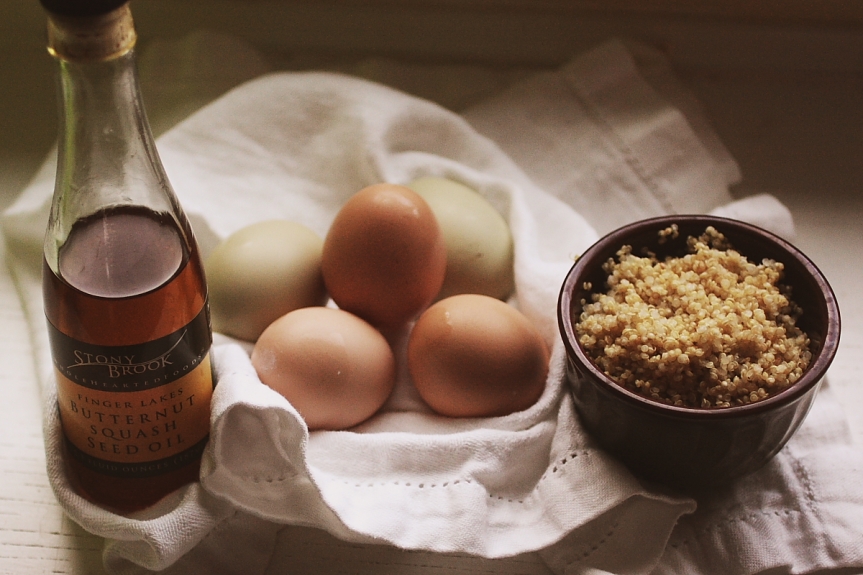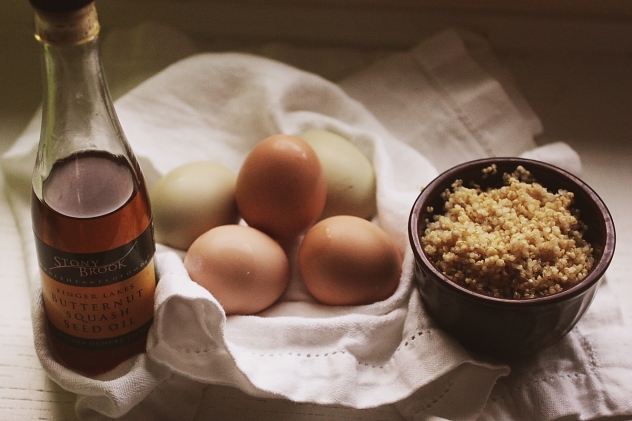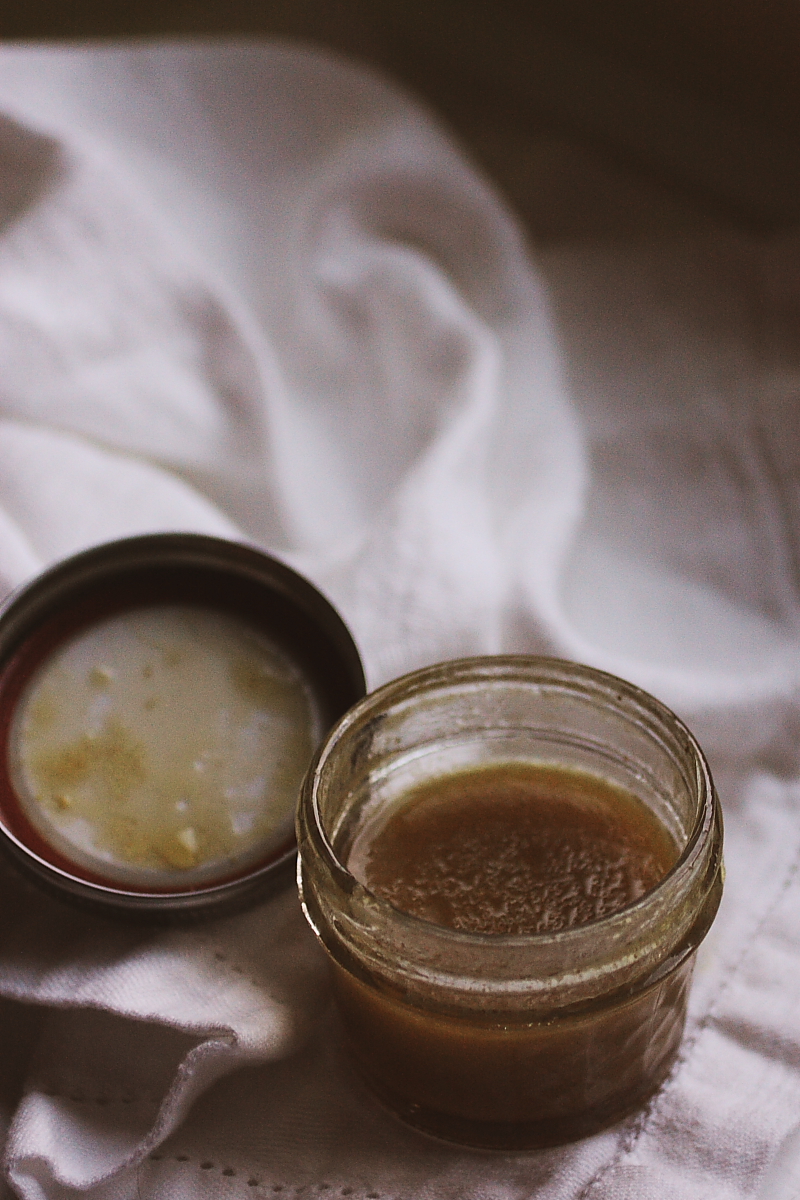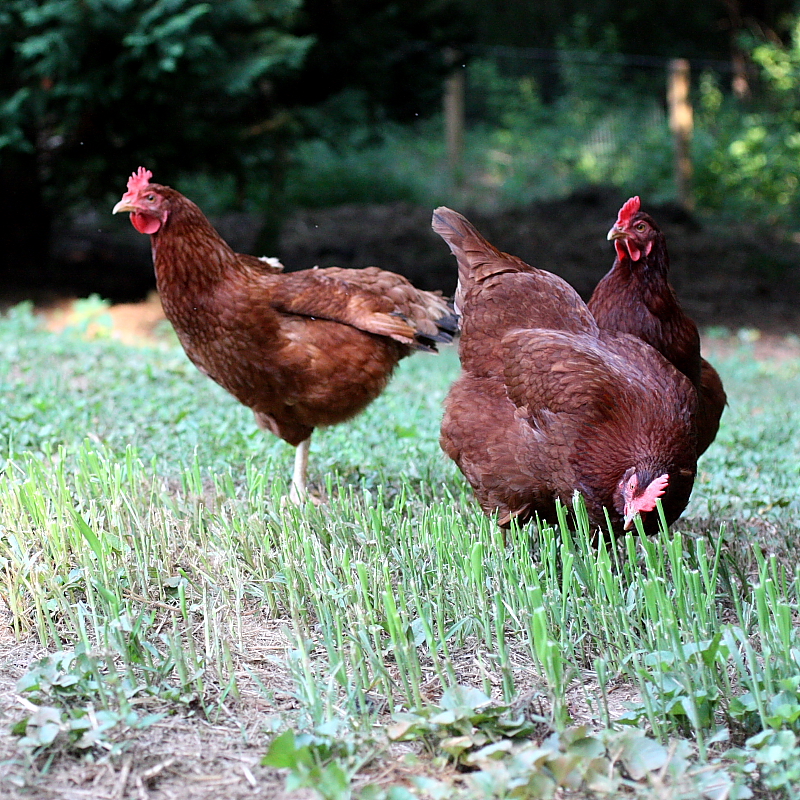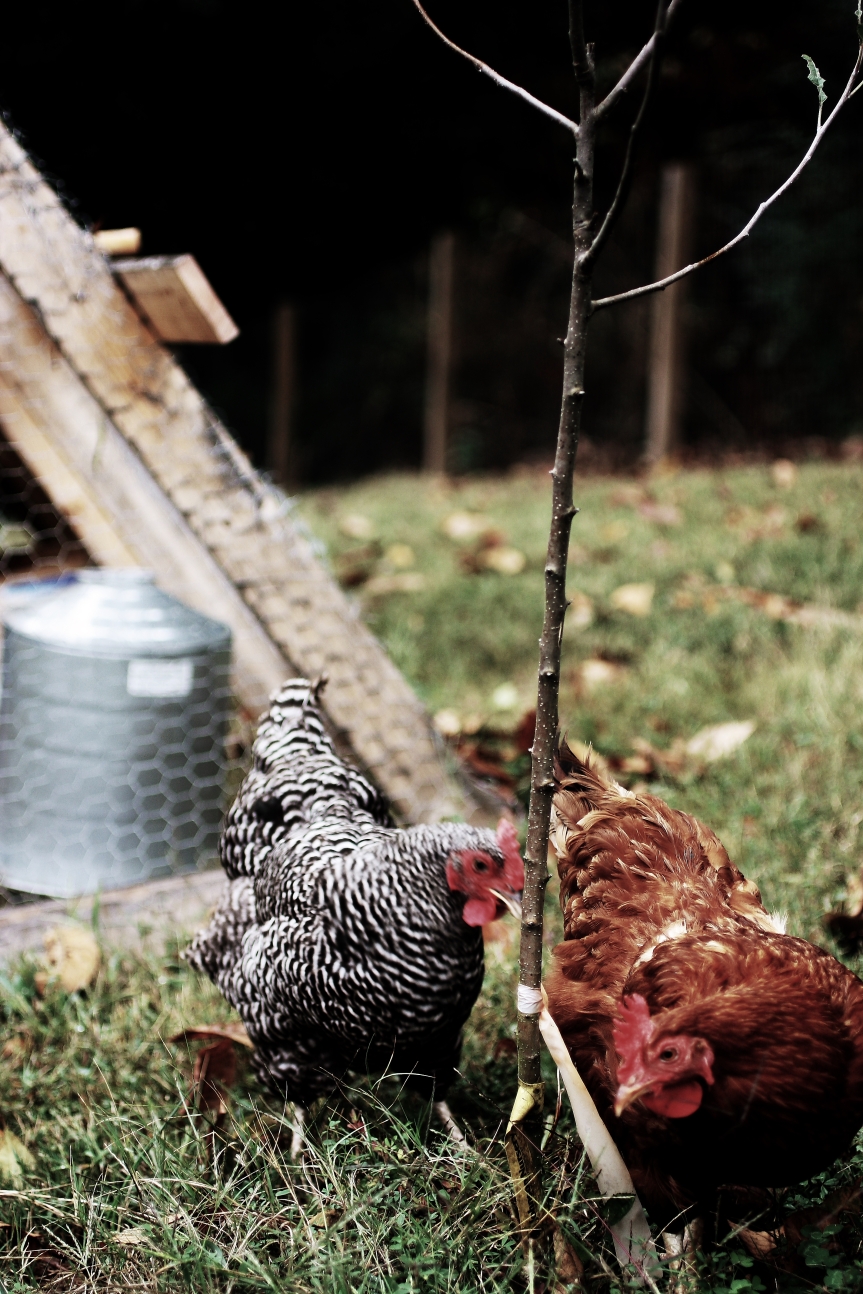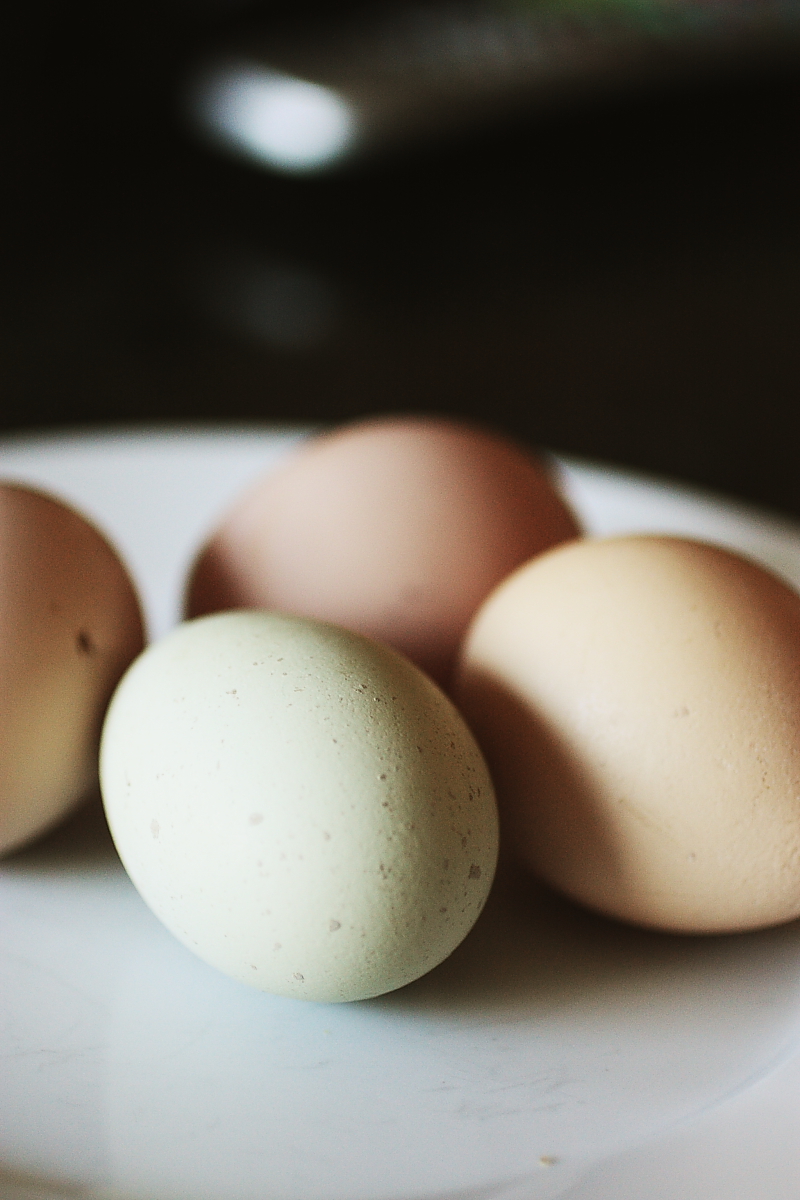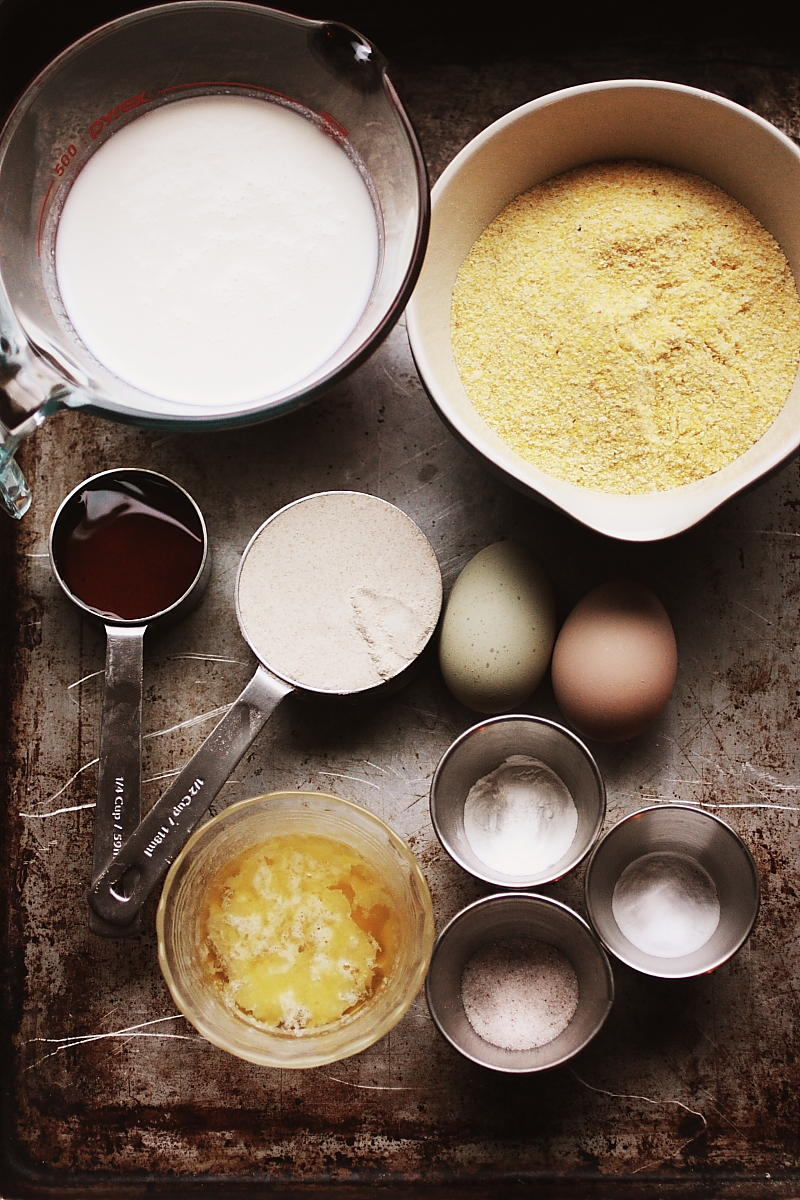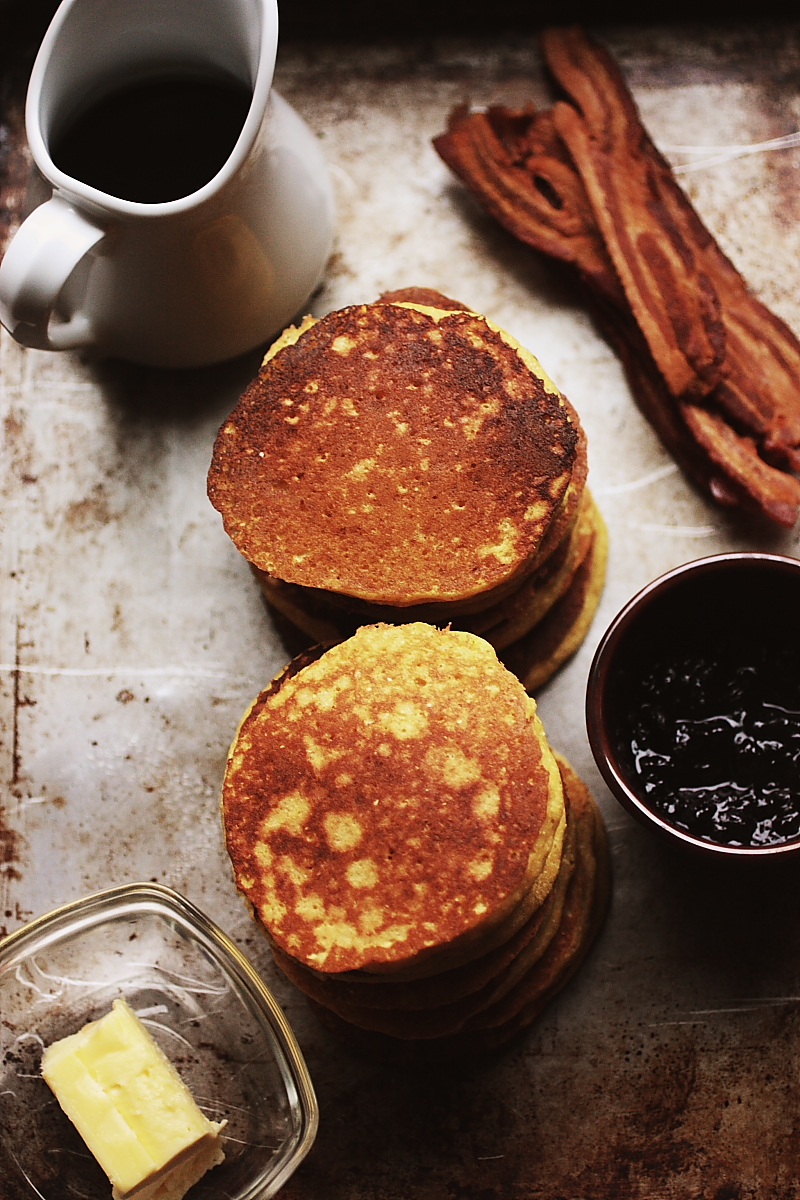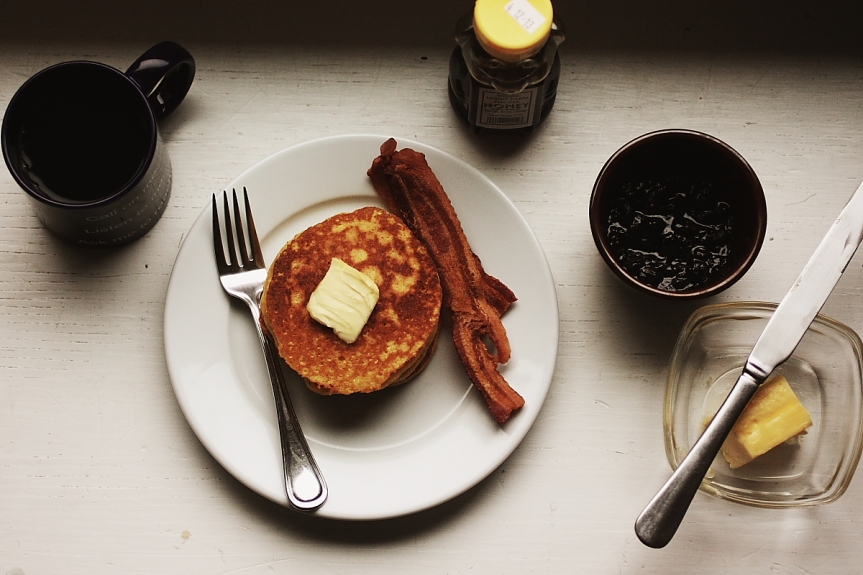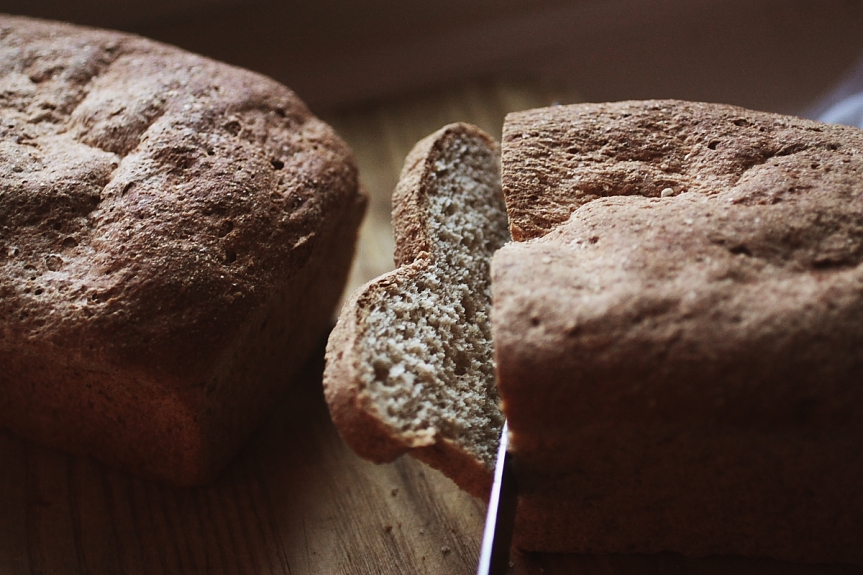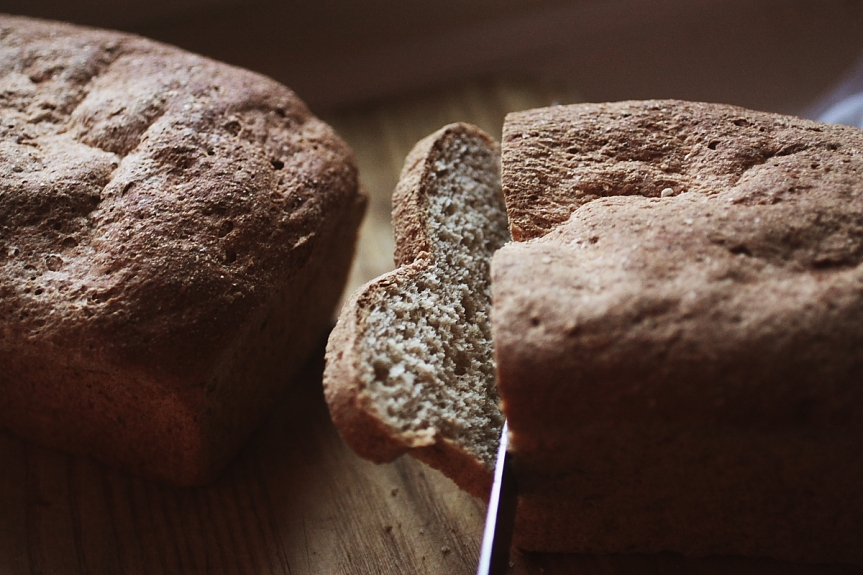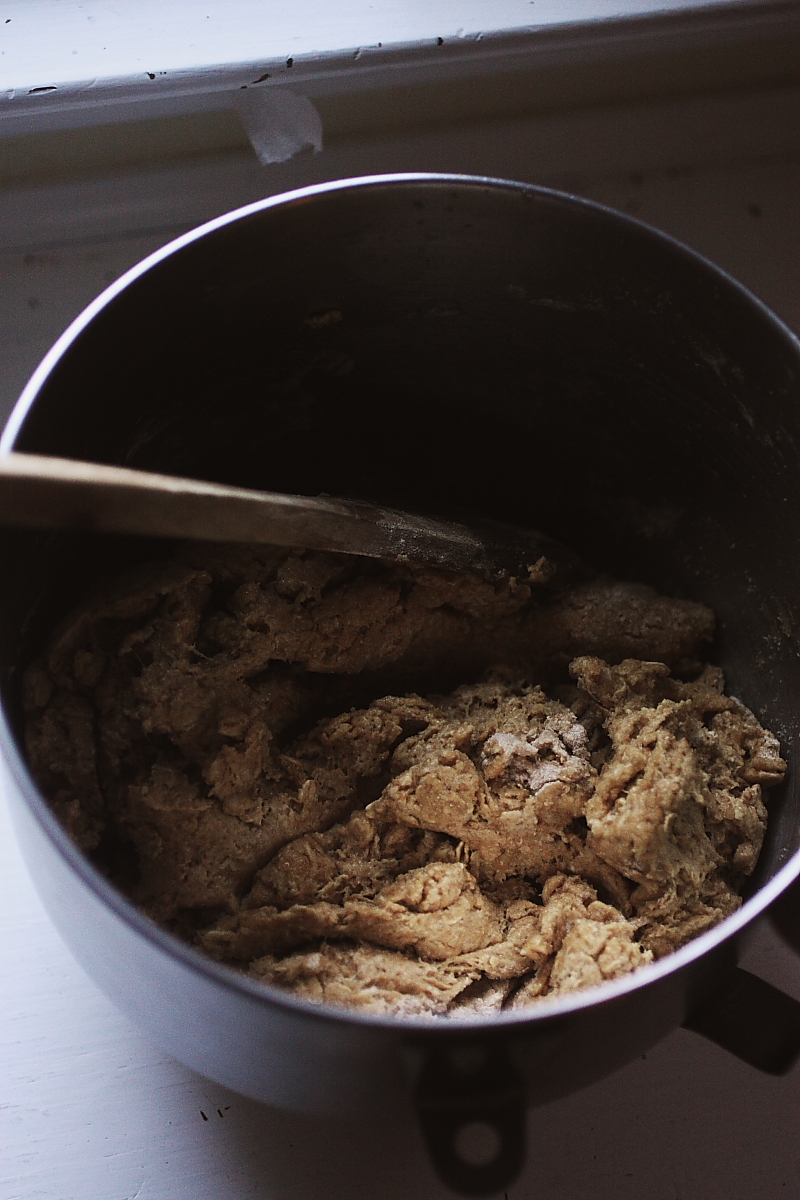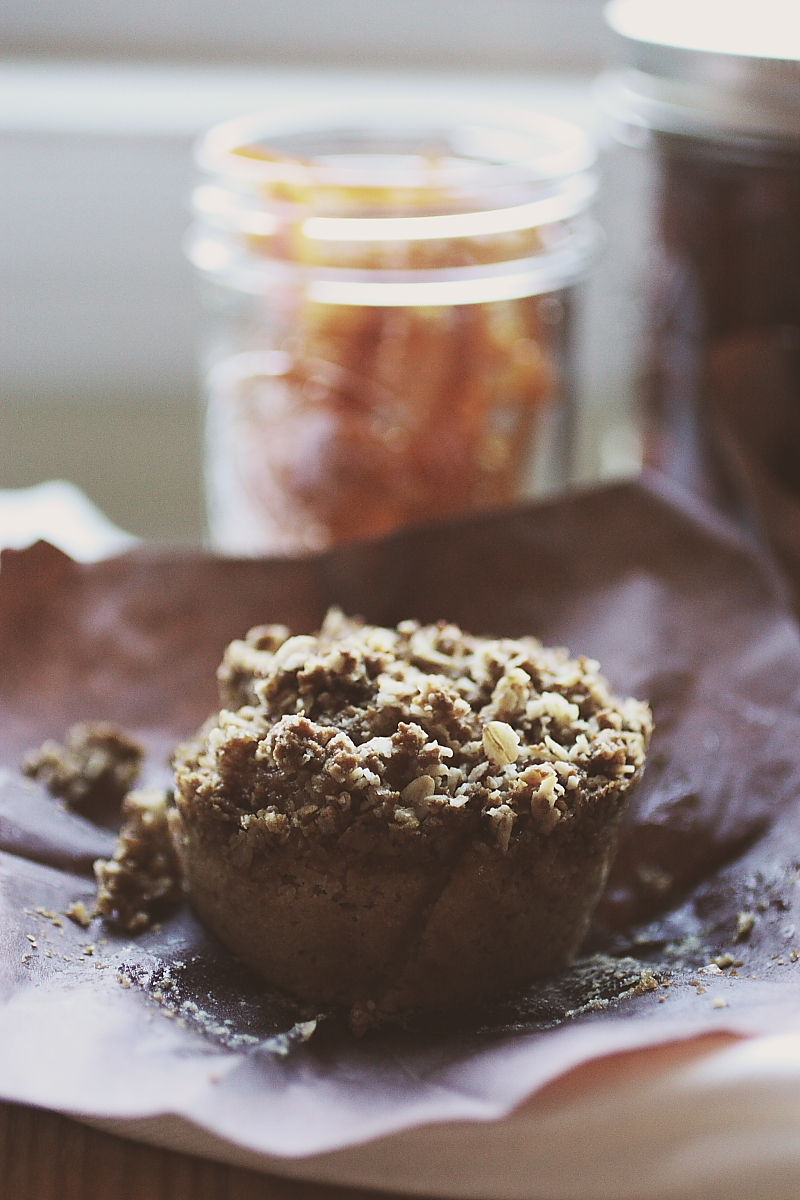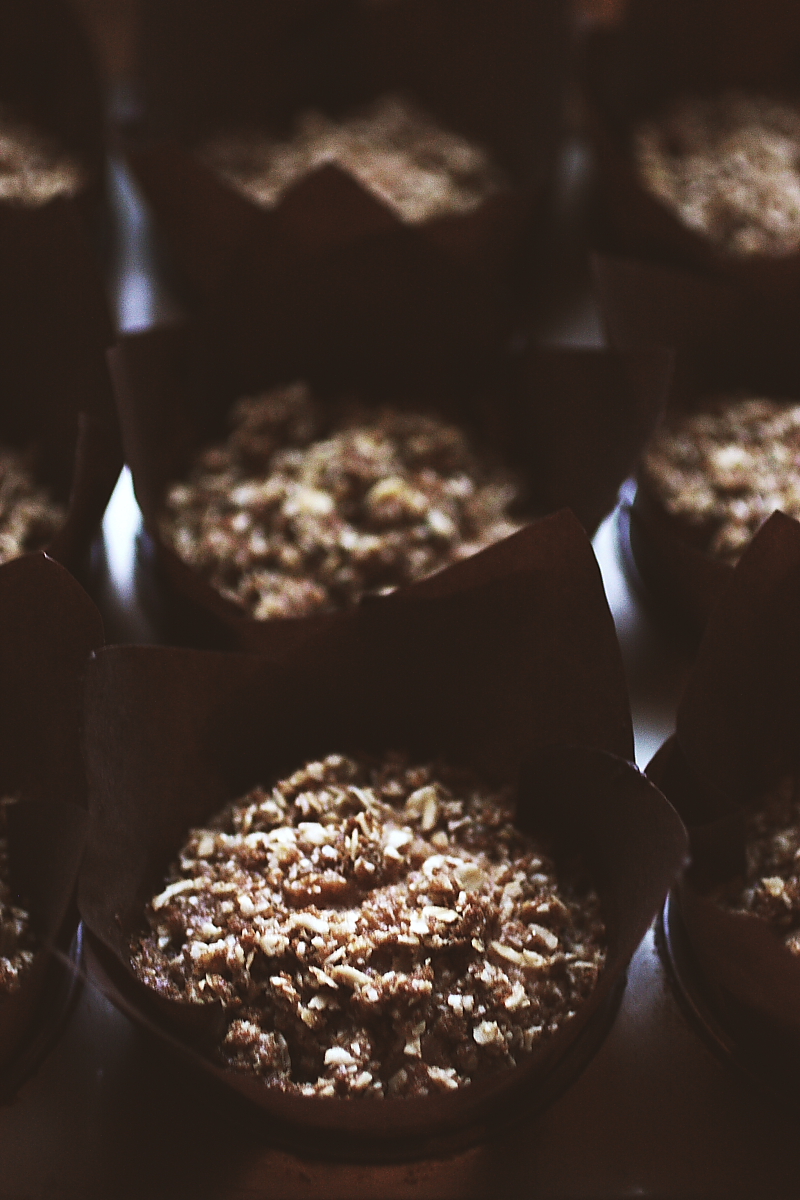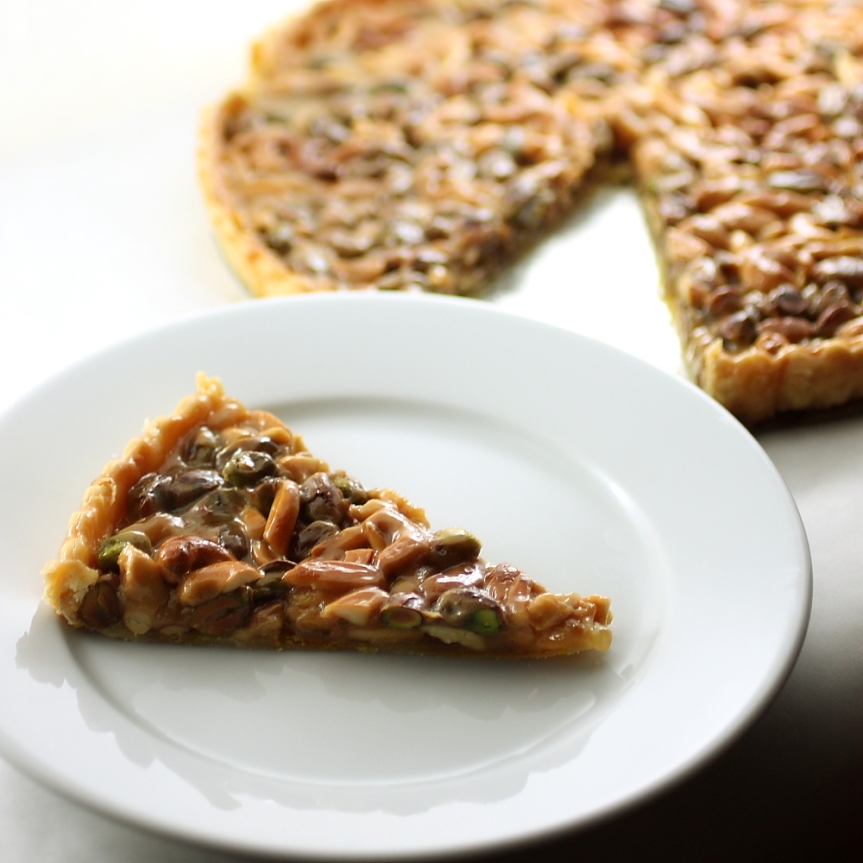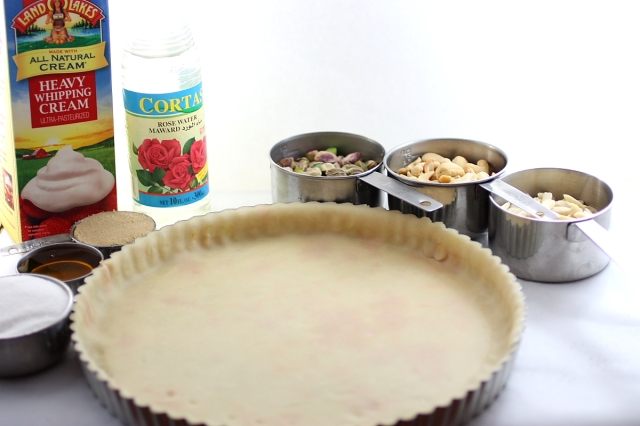This title may seem incongruous at first glance. And possibly at second glance, too. The truth is, I don’t care. I want to talk about both, and this here is my blog, so I’m gonna do what I want to do.
So there.
Back in January, I made a commitment publicly – right here in this space – to complete the Couch to 5K program. I haven’t really talked about it much since then, but that’s not because I haven’t stuck with it. I ran (sort of) my first (and only) 5K back in March. And I did run the majority of it, but I was unable (unwilling? unmotivated?) to actually RUN the entire time.
Even now, six months later, I’m still struggling to run more that two miles continuously. And the truth of the matter is, I’m really not sure if it’s a matter of ability, or just a matter of will. Because honestly? I still don’t really like it. I do it, but I haven’t yet learned to enjoy it.
Please don’t misunderstand – I can definitely tell a difference. Both in my endurance, and in my body. And I like that part.
I’m thinking that maybe I need to add some strength training to my routine, because it’s not so much that I get winded, or that my heart-rate is too high; it’s more that my legs start to feel like they weigh about a ton. And you know, a ton is a lot. So maybe some strength training would benefit.
This morning I went for a run around our neighborhood. It was around 10 AM, and the day was just starting to heat up. I felt pretty good when I started, and I managed to get to about the one-and-a-half mile point before I felt like I needed to take a little break. I walked for 30-seconds or so, and then picked up the pace again. I finished it out at a good pace, only stopping to walk the last little bit to cool down. The problem is, I had really planned to do three miles when I set out from the house. Somewhere along the way, I talked myself out of it and ended up only doing two.
Why do you think that is? If you run, how do you stay motivated to keep going? What kinds of strength training do you do? Do share – maybe I’ll gather some inspiration and motivation from your suggestions.
As a thank you in advance, I’ll share this fig bundt cake with you. Figs are good for you – especially for runners, as they contain high levels of potassium and fiber. So, you know, this cake is kind of healthy. Sort of.
As I was running yesterday, I was contemplating what to take as a dessert to a late lunch/early dinner (dunch?) at my in-laws’ house. They had graciously kept our boys overnight on Saturday so we could have a grown-ups-only night with some friends and family. I wanted to contribute a little something as a token of gratitude for their willingness to open their home to our two hooligans.
My mind kept settling on some figs I had put in the freezer back in June after spending an afternoon plucking them from our neighbor’s tree. I decided on this simple bundt cake that uses fresh fig puree, and I was pleased with the outcome. The texture was a little funny, more like a steamed pudding than a cake, but that’s probably more because I transported it almost directly from the oven in a cake carrier, so it sat in it’s own condensation for a while. You won’t have the same problem if you allow it to cool completely before serving. The flavor is delightfully figgy, and it’s not at all too sweet. It would be especially nice for breakfast with a cup of coffee.
Fig Bundt Cake with Honey Butter Glaze (adapted from this recipe at Andrea Meyers’ Blog)
prep time: 15 minutes
bake time: 45-50 minutes
yields: 12-15 servings
Ingredients
Fig puree
- 1 lb figs, destemmed and pureed in the food processor
Cake
- 2 sticks butter, softened
- 2 cups honey granules (can use granulated sugar)
- 3 eggs
- 2 cups fig puree
- 1 teaspoon vanilla
- 3 cups flour, sifted
- 1 teaspoon cinnamon
- 1 teaspoon nutmeg
- 2 teaspoons baking soda
Glaze
- 1/4 cup honey
- 3 Tablespoons butter
- Begin by preheating the oven to 325F and greasing and flouring a 12-cup bundt pan
- Cream together the butter and honey granules using an electric stand mixer with a paddle attachment
- Add the eggs, one at the time
- Add the fig puree and the vanilla
- Whisk together the flour, cinnamon, nutmeg and baking soda
- Add flour mixture slowly to the fig mixture
- Scrape batter into prepared pan
- Bake at 325F for 45-50 minutes, or until a skewer inserted into the center of the cake comes out clean
- Turn out and cool on a cooling rack
- Prepare glaze by placing the honey and butter in a small saucepan over medium heat. Cook until butter has melted and mixture is warm
- Glaze cake while it is still slightly warm
- Enjoy!


